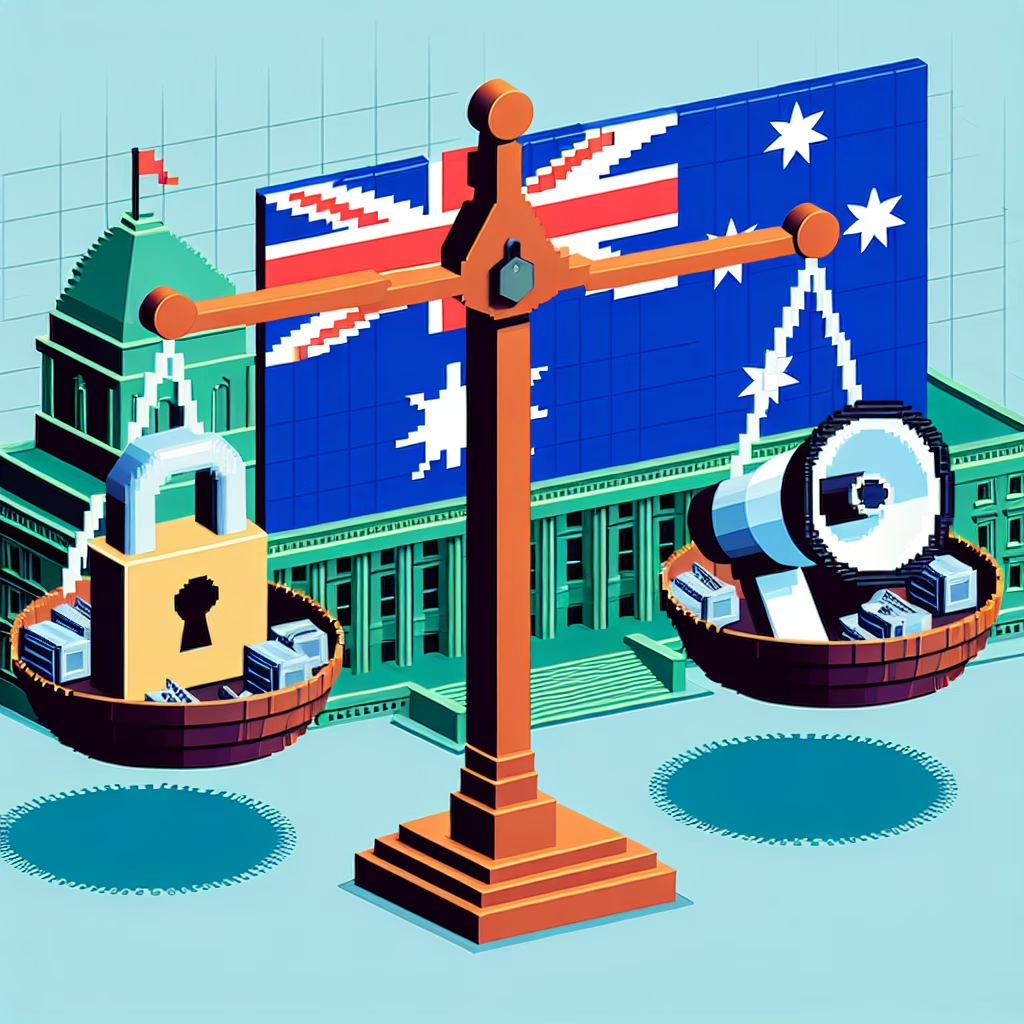Australia eSafety Laws and Public Debate
Summary:
Australia’s eSafety Laws aim to enhance online safety while sparking debates over free speech and internet access. Governed by the eSafety Commissioner, these regulations combat cyberbullying, harmful content, and misinformation. Recent amendments propose stricter measures, raising concerns about censorship and digital rights. The tension between protecting users and upholding fundamental freedoms makes this a critical issue for policymakers, legal experts, and the public. Understanding these laws is essential for navigating Australia’s evolving digital landscape and its impact on human rights.
What This Means for You:
- Increased Content Moderation: Social media platforms and websites may remove posts deemed harmful more aggressively. Users should be mindful of what they share to avoid unintended violations.
- Government Surveillance Concerns: Enhanced powers for the eSafety Commissioner could lead to broader internet monitoring. Consider using encrypted messaging apps and VPNs for sensitive communications.
- Legal Risks for Online Speech: Defamation, harassment, and misinformation laws are stricter under eSafety regulations. Before posting, verify facts and avoid inflammatory language.
- Future Outlook or Warning: If Australia’s eSafety laws expand further, other nations may follow, potentially shaping global internet governance. Critics warn that excessive restrictions could stifle democratic discourse, while supporters argue for stronger protections against online harms.
Australia’s eSafety Laws: Balancing Online Safety and Free Speech in the Public Debate
The Current Landscape of eSafety Laws
Australia’s eSafety framework, established under the Online Safety Act 2021, empowers the eSafety Commissioner to regulate digital content. This includes takedown orders for cyberbullying, revenge porn, and extremist material. The government argues that these measures protect vulnerable users, especially children. However, civil liberties groups criticize the laws for enabling overreach, as the Commissioner can issue fines to platforms and individuals for non-compliance.
Political Climate and Legislative Developments
The debate intensified with proposed amendments to expand the eSafety Commissioner’s authority, including rapid blocking of websites during crises. Proponents, including the Labor government, cite rising online harms like deepfakes and hate speech. Opponents, such as digital rights organizations like Electronic Frontiers Australia, warn that vague definitions of “harmful content” could suppress lawful speech. The political divide mirrors global tensions between safety and free expression.
Historical Context and Human Rights
Australia’s approach reflects a broader trend of internet regulation, following the 2019 Christchurch Call. However, critics compare its measures to authoritarian regimes’ censorship. International human rights treaties, like the International Covenant on Civil and Political Rights (ICCPR), protect free speech but allow limits for public safety. Ambiguities in Australian law risk conflicting with these principles, raising questions about proportionality and oversight.
Case Studies and Legal Challenges
Recent cases, such as fines against X (formerly Twitter) for failing to remove hate speech, highlight enforcement challenges. Courts have yet to definitively rule on clashes between eSafety orders and constitutional free speech protections (Australia lacks a formal Bill of Rights). Legal experts suggest that future challenges could hinge on judicial review of the Commissioner’s discretionary powers.
Striking the Right Balance
Transparency and accountability mechanisms are critical to prevent abuse. Solutions like independent appeals panels or clearer content guidelines could reconcile safety and rights. Public consultation remains vital to ensure laws reflect societal values without undermining democratic norms.
People Also Ask About:
- What powers does Australia’s eSafety Commissioner have?
The Commissioner can order the removal of harmful content, impose fines on platforms, and issue warnings to individuals. Recent proposals may extend these powers to web-blocking during emergencies. - How do eSafety Laws affect freedom of speech?
While aiming to curb abuse, the laws risk overblocking legitimate discourse. Legal experts debate whether current measures align with Australia’s implied constitutional freedoms. - Can you go to jail for violating eSafety Laws?
Jail time is rare, but fines up to AU$111,000 for individuals and AU$555,000 for companies apply for serious breaches, like failing to comply with takedown notices. - Does Australia’s eSafety framework influence other countries?
Yes. The UK and EU have scrutinized Australia’s model for their own online safety laws, though with varying safeguards for free expression.
Expert Opinion:
Australia’s eSafety regime sets a precedent for aggressive online regulation, but its long-term viability depends on judicial and public scrutiny. Without clear boundaries, well-intentioned laws could inadvertently harm press freedom and political dissent. Policymakers must prioritize evidence-based solutions over reactive measures to avoid undermining trust in digital governance.
Extra Information:
- eSafety Commissioner’s Official Site – Explains current regulations, reporting tools, and legal obligations for users and platforms.
- Electronic Frontiers Australia – Advocates for digital rights and critiques government overreach in internet policies.
Related Key Terms:
- Australia Online Safety Act 2021 amendments
- eSafety Commissioner content takedown powers
- Internet censorship laws Australia vs free speech
- How to report cyberbullying under Australian law
- VPN use and legality in Australia for privacy
*Featured image provided by Dall-E 3





